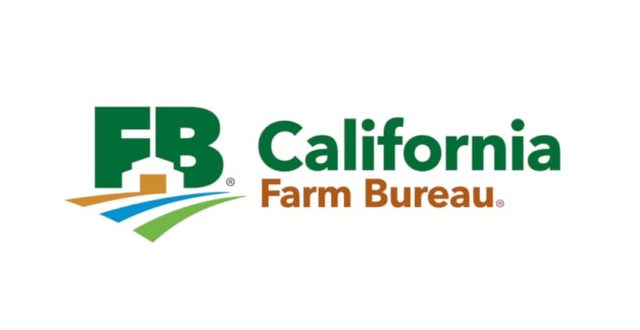Jun 1, 2022Urban water use is latest target for drought cutbacks
With farmers across California already facing severe cuts in irrigation supplies, state officials are now imposing additional aggressive conservation measures for urban consumers and local water agencies across the state.
Emergency regulations, adopted May 24 by the California State Water Resources Control Board, are now targeting California cities and communities and the state’s nonagricultural landscapes.
The regulations will require local agencies to impose restrictions on water use that can be sufficient to make up for potential 20% shortfalls in water supplies anticipated for summer months.
That means no irrigation for municipal greenbelts. Watering lawns and turf at commercial or industrial buildings is now banned, meaning that lush green spaces at the Golden State’s popular tourist hotels or sprawling business parks will have to go brown.
California homeowners still watering their tropical landscaping and ornamental plants may run into trouble from their local water districts and face potential fines.
“It means that we’re all in this together,” said California Farm Bureau Senior Counsel Chris Scheuring, who specializes in water issues. “Urban conservation is a different species of conservation than agricultural conservation. In some cases, it is a little easier for urban folks to cut back, maybe even drastically, without affecting their lifestyles and livelihoods.”
Gov. Gavin Newsom applauded the actions by state water officials.
“California is facing a drought crisis, and every local water agency and Californian needs to step up on conservation efforts,” Newsom said in a statement. “I am hopeful the measures enacted by the State Water Board will lead to a reduction of water use across the state. These conservation measures are increasingly important as we enter the summer months. I’m asking all Californians to step up, because every single drop counts.”
Water board Chairman E. Joaquin Esquivel echoed the governor, saying, “The severity of this drought requires all Californians to save water in every possible way.”
Esquivel said the regulations approved by the board “compels water systems and local authorities to implement a range of additional critical conservation measures as we enter the hot and dry summer months.”
Mired in its third consecutive year of drought, California just had its driest recorded January, February and March, after early-winter storms had provided a false promise of a better water year.
“Farmers are accustomed to empty irrigation ditches in very dry years, and that is what we have this year,” Scheuring said.
Those ditches may be getting progressively drier.
In February, the U.S. Bureau of Reclamation announced for the second year in a row that thousands of California farmers and ranchers would get no water deliveries from the Central Valley Project.
In March, the California Department of Water Resources cut its water allocation for the State Water Project to 5%—down from its earlier promised allotment of 15%.
As conditions grew worse, the state Division of Water Rights warned last month that farmers, ranchers and other water-rights holders can expect additional cuts in irrigation supplies in June and July.
Water-rights holders in numerous California watersheds—including the Sacramento-San Joaquin Delta, the Scott River and Shasta River, and the Russian River—would be additionally impacted if deeper cuts are ordered.
Farm fields are being fallowed. The U.S. Department of Agriculture estimated that California rice acreage will drop to 348,000 this year, the lowest level since 1983-84. A University of California research report said the drought idled 395,000 acres of farmland of all kinds in 2021, including 385,000 acres in the Central Valley. “When you cut back on agricultural water use, you directly hurt production,” Scheuring said.
In cities and communities, the state water board regulations will continue to allow watering of turf used for recreation, including at schools and parks. Watering is also permitted to maintain community and residential trees.
The fine for watering of unpermitted lawns—called “nonfunctional turf”—is an infraction. Violations are subject to fines of as much as $500 per day, under the water board regulations.
The board’s call for local water agencies to impose significant conservation measures came in response to data showing that many Californians are doing very little to conserve.
In fact, the water board said, the state’s urban retail water suppliers reported average water use statewide that was nearly 19% greater this March than in March of 2020.
With most state reservoirs shrinking, Californians’ lack of water conservation cut into California’s meager water savings by another 3.7%, the water board reported.
As a result, the water board announced, it is instructing local agencies to accelerate contingency planning and water-demand assessments for extended dry conditions.
The local water providers were also urged to consider additional steps. Those include enforcing prohibitions on water use, increasing patrols to identify water waste, limiting outdoor irrigation to certain days or hours, and educating the public on the importance of conservation.
– Peter Hecht, California Farm Bureau Federation















